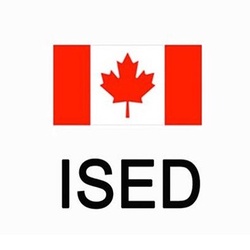
Closed
Tourism Relief Fund (TRF)
Last Update: December 4, 2025
Canada
Tourism Relief Fund offers financial support for tourism growth
Grant and Funding
Loans and Capital investments
At a glance
Funding available
Financing goals
Integrate new technologies
Develop employee skills
Marketing a product
See more
Eligible Funding
- Maximum amount : 500,000 $
- Up to 50% of project cost
Timeline
- Receipt of requests is now closed
Eligible candidates
Eligible Industries
- Arts, entertainment and recreation
- Accommodation and food services
Location
- Canada
Legal structures
- Non-profit
- Public or Parapublic institution
- For-profit business
- Sole proprietorship
Annual revenue
- All revenue ranges
Organisation size
- All organization sizes
Audience
- All groups
Non-profit candidates
Sector of operation
- Economic, Social and Community Development
- Business Associations
- Diversity and Inclusion
Target group
- Indigenous peoples
- Rural / Remote communities
- Business owners / entrepreneurs
Revenue structure
- All structures
Scope
- Municipal
- Regional
- Provincial
- National
Overview
The Tourism Relief Fund (TRF) provides $500 million over two years to support tourism businesses and organizations in adapting their operations to meet public health requirements and to enhance existing tourism experiences. The program covers a wide range of eligible activities, including modernizing operations, developing sustainable tourism products, and supporting local and Indigenous tourism initiatives.
Activities funded
- Development and enhancement of tourism products and experiences to attract more local and domestic visitors.
- Modernization of tourism businesses, including adopting environmentally sustainable practices and digital enhancements.
- Support for businesses to adapt operations and infrastructure to meet health and safety requirements.
- Strategic planning and implementation of sustainable tourism plans for communities, including destination development initiatives.
- Initiatives to extend tourism activity into off-peak seasons and re-activate downtown cores or main streets.
Examples of admissible projects:
$ 340,000
Revitalizing Vancouver's Chinatown with cultural tourism initiatives
$ 145,000
Developing winter tourism experiences
$ 250,000
Establishing a winter festival to attract off-season tourism
$ 300,000
Enhancing online booking and virtual tour capabilities at Toronto Museum
$ 100,000
Implementing inclusive tourism services
$ 150,000
Developing sustainable tourism activities’s waterfront area
Eligibility
- The applicant must be part of the tourism ecosystem and cater mainly to visitors (not local residents).
- Eligible applicants include incorporated businesses (primarily small and medium-sized enterprises), not-for-profit incorporated organizations, municipalities, municipal organizations, Crown corporations and related parties, and Indigenous/First Nation/Métis Settlement owned businesses or Indigenous organizations.
- The organization must qualify as one or more of the following: a key supplier/operator in the visitor experience, part of a defined tourism cluster, or an anchor product in a destination.
- The project must be located in the Prairies region.
- The applicant must submit a fully completed application by the specified deadline.
Who is eligible?
- Incorporated tourism businesses, primarily small and medium-sized enterprises (SMEs)
- Not-for-profit incorporated organizations (including tourism associations and destination marketing organizations)
- Municipalities, municipal organizations, Crown corporations and related parties
- Indigenous/First Nation/Métis Settlement owned businesses or Indigenous organizations (including Indigenous-led not-for-profits)
Who is not eligible
- Restaurants (except in exceptional cases where they are considered anchor products attracting tourists to the region, assessed case-by-case)
- Retail sector businesses
- Hotel chains (except for Canadian-owned hotels considered as anchor products, assessed case-by-case)
Eligible expenses
- Costs related to creating, adapting, and enhancing protocols and permanent infrastructure to meet health and safety requirements for visitors and employees.
- Expenses associated with modernizing operations, attractions, greening initiatives, and online sales services.
- Costs for supporting businesses with local promotion of tourism products, including digital and virtual reality experiences.
- Expenditures for staff training to develop more inclusive tourism experiences, such as creating welcoming environments and gender-neutral facilities.
- Support for implementing tourism plans, creating or improving local assets, facilities, and key infrastructure.
- Expenses for developing and executing sustainable tourism plans based on research and market analysis.
- Costs related to the extension of product offerings to increase visitation during winter and shoulder seasons.
- Expenditures for activities to animate downtown cores, main streets, and business districts (e.g., public art, mixed-use spaces).
- Expenses for scale-up and market expansion activities for key tourism enterprises.
Eligible geographic areas
- Applicants located in the Prairies region of Canada (specifically Alberta, Manitoba, or Saskatchewan).
Selection criteria
- Alignment of the project with the program’s objectives and focus areas, such as development and enhancement of tourism experiences or destination development.
- Plausibility and significance of the projected economic benefits, including job creation and increased tourism activity.
- Strategic importance of the applicant’s organization or project to the tourism sector in the region.
- Contribution of the project to the economic development and job creation in the region.
- Priority consideration for projects supporting the Indigenous tourism sector or undertaken in tourism-dependent communities or regions.
How to apply
1
Preparation
- Review the program guidelines to determine eligibility.
- Gather necessary organizational details and documents required for the application.
2
Complete Application Form
- Fill out detailed organization information including legal name, address, and incorporation details.
- Provide project information such as project title, description, and timelines.
- Specify primary and secondary contacts for the project.
- Detail funding requirements, project costs, and cash flows.
- Specify any project partnerships and economic benefits expected from the project.
3
Attach Required Documents
Upload supporting documents such as financial statements, project plans, and any other required documentation.
4
Submit Application
- Submit the completed application form and attached documents through the PrairiesCan portal.
- Confirm that all mandatory fields are completed before submission.
5
Application Confirmation
- Upon successful submission, check the "My Submissions" tab for confirmation.
- Retain any confirmation details for your records.
Additional information
- Applicants can save their application in progress and return to complete it under the "My Applications" tab before submission.
- All required documents, including financial statements for the past two years and at least six months of interim statements, must be uploaded with the application.
- Economic and diversity outcomes should be substantiated with reasonable assumptions and supporting data within the application.
- A PDF summary of the application can be accessed after submission for record-keeping purposes.
Contacts
wd.ab-ab.deo@prairiescan.gc.ca
780-495-4164
Canada
Apply to this program
Frequently Asked Questions about the Tourism Relief Fund (TRF) Program
Here are answers to the most common questions about the Tourism Relief Fund (TRF). This section explains what the program is, how much funding is available, eligibility requirements, application deadlines, and other important details to help you determine if this grant is right for your business.
What is the Tourism Relief Fund (TRF)?
How much funding can be received?
What expenses are eligible under Tourism Relief Fund (TRF)?
What is the deadline to apply?
Is the Tourism Relief Fund (TRF) a grant, loan, or tax credit?
Who are the financial supporters of the Tourism Relief Fund (TRF)?
Who is eligible for the Tourism Relief Fund (TRF) program?
Who can I contact for more information about the Tourism Relief Fund (TRF)?
Where is the Tourism Relief Fund (TRF) available?
Apply to this program
More programs like this
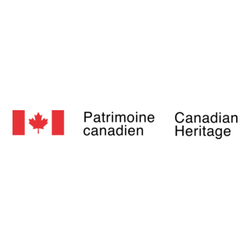
Grant and FundingOpen
International Single Sport Events - Hosting Program
Canadian HeritageSupports hosting international single sport events in Canada

Grant and FundingClosed
Creative Export Canada (CEC) — Export-Ready Stream
Canadian HeritageFunding for Canadian creative industry exports
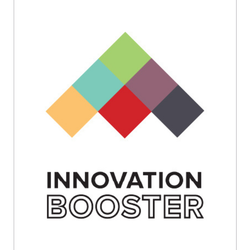
Grant and FundingClosed
CFIN Innovation Booster
Canadian Food Innovation Network (CFIN)Funding to advance and commercialize food innovation
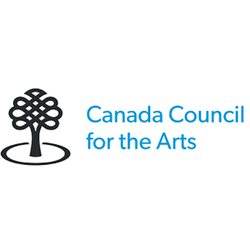
Grant and FundingClosed
Explore and Create — Concept to Realization
Canada Council for the Arts (CCA)Financial support for creative projects
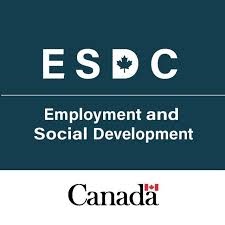
Grant and FundingClosed
Canada Service Corps – Service Placements Regional Stream
Employment and Social Development Canada (ESDC)Funding for organizations to develop youth volunteer service placements

Grant and FundingOpening Soon
International outreach — Travel
Canada Council for the Arts (CCA)Empower Canadian artists and arts organizations to expand global connections and opportunities

Grant and FundingClosed
Creative Export Canada (CEC) — Export Development Stream (EDS)
Canadian HeritageCanadian Creative Export supports global market expansion for creative industries

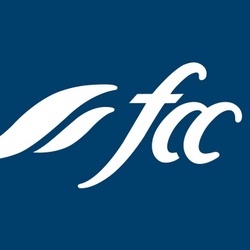
Loans and Capital investmentsOpen
Women Entrepreneur Program
Farm Credit Canada (FCC)Support for women in agriculture, agribusiness and food and beverage
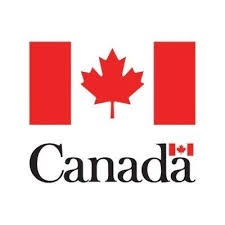
Grant and FundingClosed
Active Transportation Fund
Housing, Infrastructure and Communities CanadaSupports infrastructure projects for safer, more accessible active transportation
Sign up to our platform to access the Tourism Relief Fund (TRF) information sheet for free
Get access to 4,000+ programs, practical guides, personalized alerts, and an AI assistant to support your grant applications.